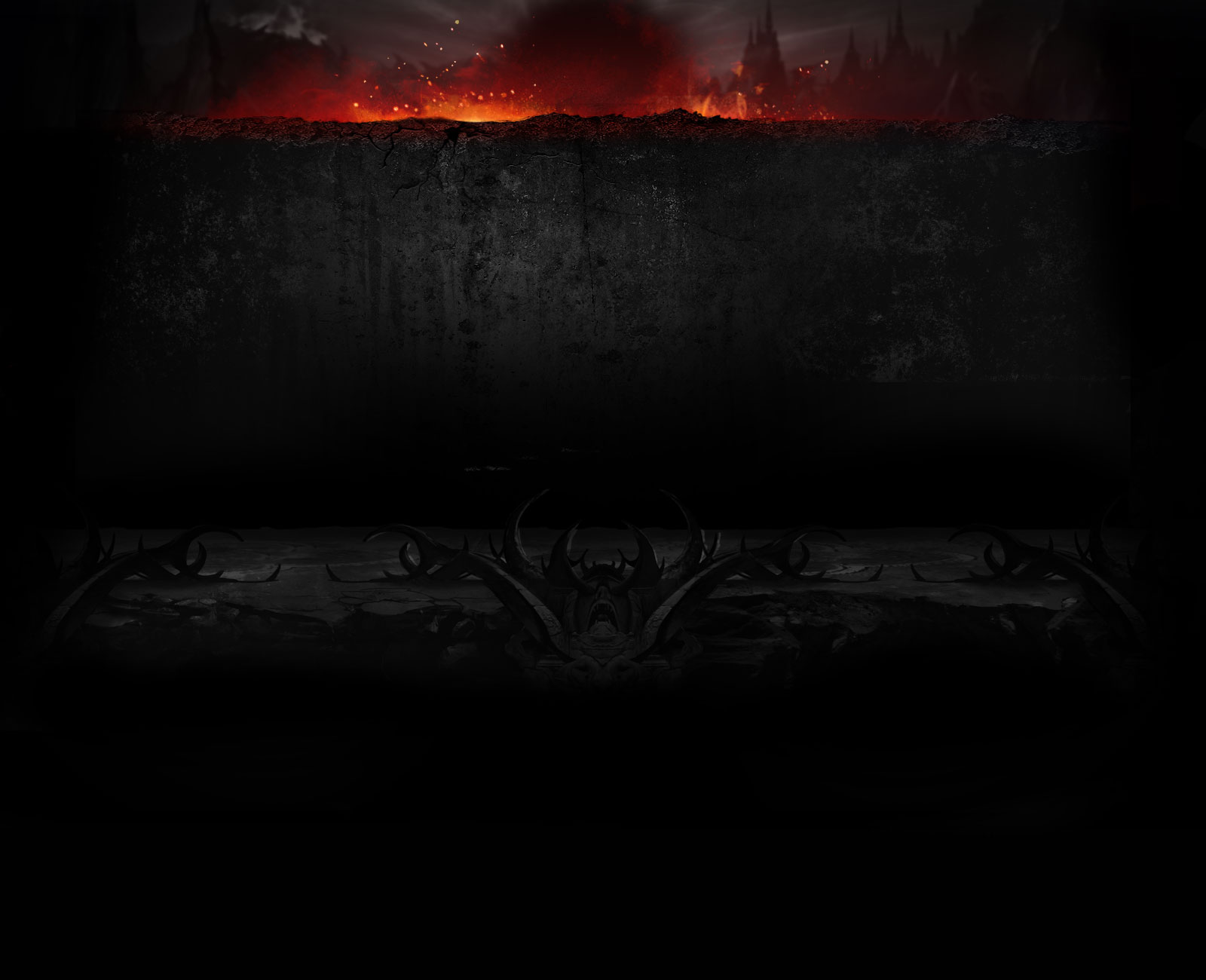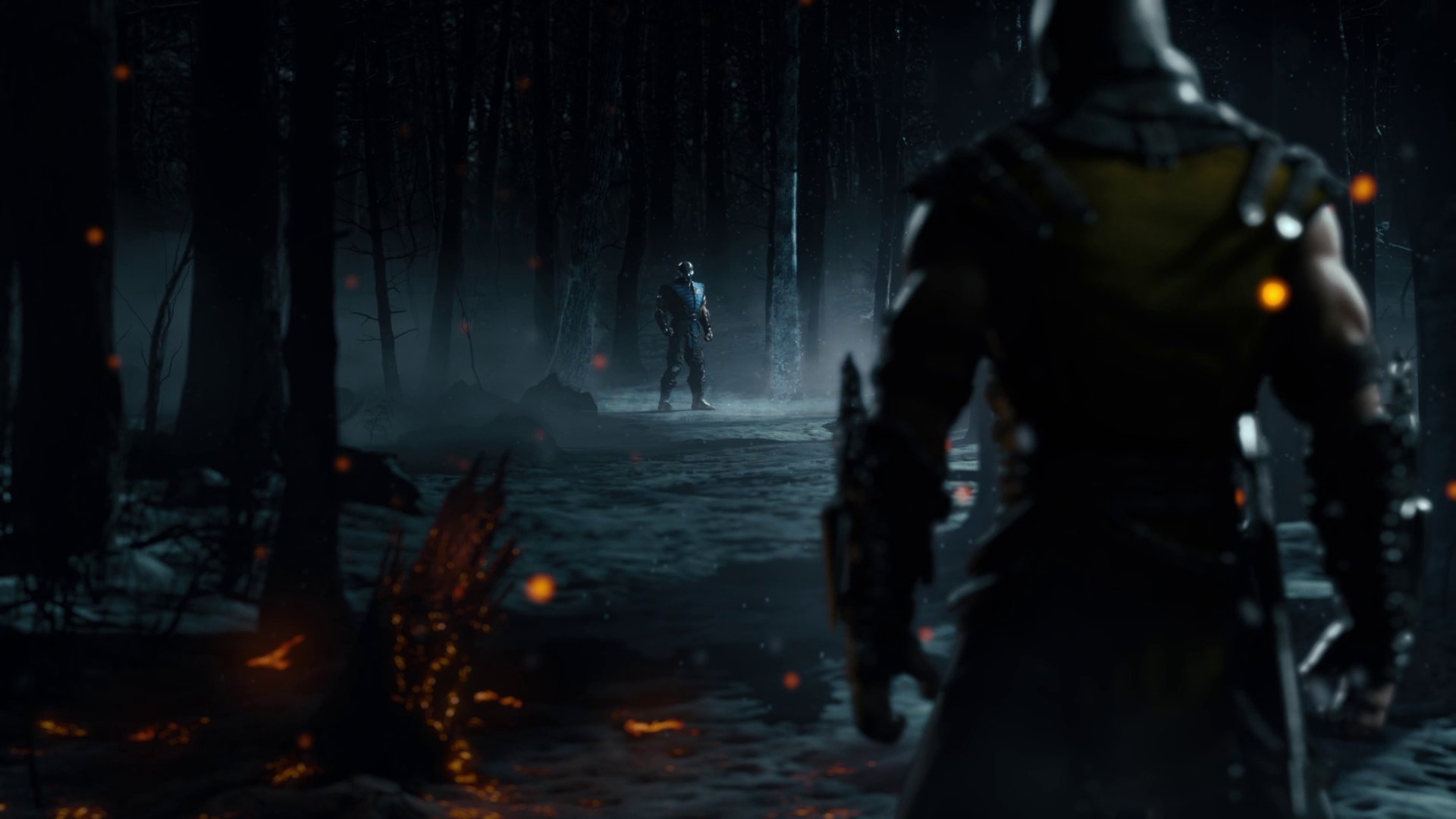Well, for starters, I definitely think abandoning a game during the very early parts would have you feel the same way every time because, typically, learning how to defend and play the game properly will leave most players pretty open to almost any kind of offense. Forcing a 50/50 is the best kind of offense you can do, and since that's a little bit easier to figure out, that will always dominate early on.
But almost any time I saw a game through to the very end, I would see that those scenarios would only happen after the mid-range game ended: a good dash, a good jump, out-spaced someone and so they overreached, low-profiled a string, etc. Obviously people could refine their offense so well that they can pretty much take any opening and turn it into a series of damaging guesses, but they also learn how to keep people out as well. An example is Goku Black being seen as a strong character in DBFZ until it became apparent that his teleport mixups weren't actually very good and he sorely lacked a way to crack his opponents opened. It took a little bit, but it eventually came to pass. Wesker was the same way in Ultimate Marvel vs. Capcom 3, where he was all over the place for a while before people learned how to defend against him and suddenly what was once seen as incredibly good turned out to be average.
I see everyone say "[insert game] is reliant on 50/50's," but I never really know what it means. Fighting games aren't a martial arts competition, where you land a throw or a poke and then immediately back off as an acknowledgement of a good landed strike. Everything is a means to an end, which is getting the knockdown and pressing your advantage, and there is nothing more advantageous than a simple yes/no guess. Older games may not have had overheads to help mix up traditional low options like sweep, but throws were also 10x as strong typically and the only option was to counter throw, which meant you had to stop blocking low. Being on point with a reversal or jumping away was crucial, but that wasn't easy either, as the window to input a reversal out of blockstun was typically very, very small. As offensive options developed and got stronger in later games, so did defensive options: throws became two-button tech, backdashes were added, alpha counters/block breakers, breakers, etc.
Making you guess between a low or an oh/throw has pretty much been the key to offense since the beginning of time, but the big difference is typically what your options are to defend. Sometimes it skews towards being easier to convert back to offense from a defensive position (USFIV, Injustice series) and sometimes it skews towards having few options but to make a hard read to get out (DBFZ, most 3D games, MK, SFV). But no matter what kind of game you're playing, those hardlined advantages only come out when one player has succeeded in gaining the upper hand on his opponent via the tiny interactions outside of those extremes we call the neutral game. I've yet to play a game where that part doesn't always come into play first, although I've certainly seen some where it happens extremely fast (MKX). The point is, a game being "reliant" on 50/50's is, to me, a misleading statement considering it is ultimately the goal and the best way to ensure victory, but that goal can't come without establishing a neutral game through good spacing or well-placed reads.





